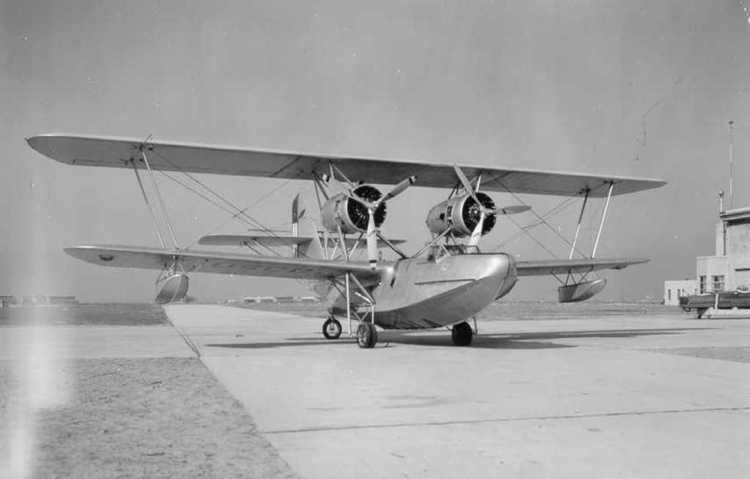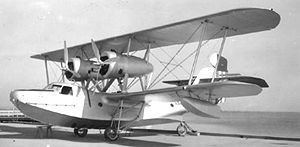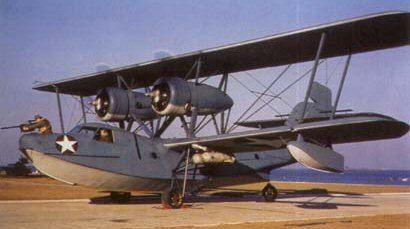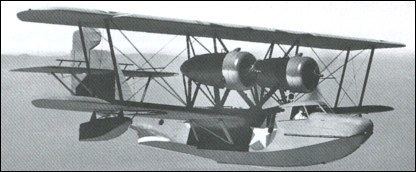Top speed 256 km/h Length 16 m | Wingspan 22 m Retired 1944 | |
 | ||
Manufacturer Hall Aluminum Aircraft Corporation | ||
The Hall PH was an American flying boat of the 1930s. It was a twin-engined biplane, developed from the Naval Aircraft Factory PN and could hence trace its lineage back to the Felixstowe flying boats of World War I. The PH was purchased in small numbers by the United States Navy and the United States Coast Guard. It remained in service with the Coast Guard until 1944, being used for anti-submarine and search and rescue duties.
Contents

Development and design

In December 1927, the U.S. Navy placed a contract with the Hall Aluminum Aircraft Corporation of Bristol, Pennsylvania for a developed version of the Naval Aircraft Factory PN-11, which itself could trace a development history back to the Felixstowe F.5 flying boat of World War I. The resultant prototype, the XPH-1, first flew in December 1929.

The XPH-1 had identical wings and a similar metal hull to that of the PN-11, but was fitted with a large single fin and rudder. It was powered by two Wright Cyclone radial engines and accommodated its two pilots side by side in an open cockpit, with cockpits for gunners in the nose and behind the wings.

In 1930 the Navy ordered nine aircraft, designated the PH-1, which were fitted with more powerful engines and a partly enclosed cockpit for the pilots. The Coast Guard later ordered seven PH-2 aircraft, similar to the PH-1 but with armament removed, and seven PH-3 units with armament reinstated and a fully enclosed cockpit for the pilots.
Operational history
Delivery of the PH-1 commenced in October 1931, equipping VP-8 from 1932, operating from the seaplane tender Wright and from bases at Pearl Harbor, Midway Atoll, and the Panama Canal Zone. It was replaced by the Consolidated PBY-1 Catalina in 1937.
Production of the PH recommenced in June 1936 to meet an order for seven PH-2s for the Coast Guard. These entered service from 1938, being the largest aircraft operated by the Coast Guard at that time. In 1939 the Coast Guard ordered an additional seven PH-3 aircraft; they entered service in 1941.
The Hall flying boats were used by the Coast Guard for search and rescue duties and were fitted with specialized equipment for this role. Following the Japanese attack on Pearl Harbor and the United States entry into World War II, the remaining PHs were painted in U.S Navy Grey Green colors to replace the previous bare metal finish, armed, and used for anti-submarine patrols (particularly during the Operation Drumbeat U-boat attacks off the East coast of the United States in 1942) as well as continuing search and rescue operations. The Coast Guard continued operating the PH-2 and -3 until 1944.
Variants
Operators
Specifications (PH-3)
Data from United States Navy Aircraft since 1911
General characteristics
Performance
Armament
